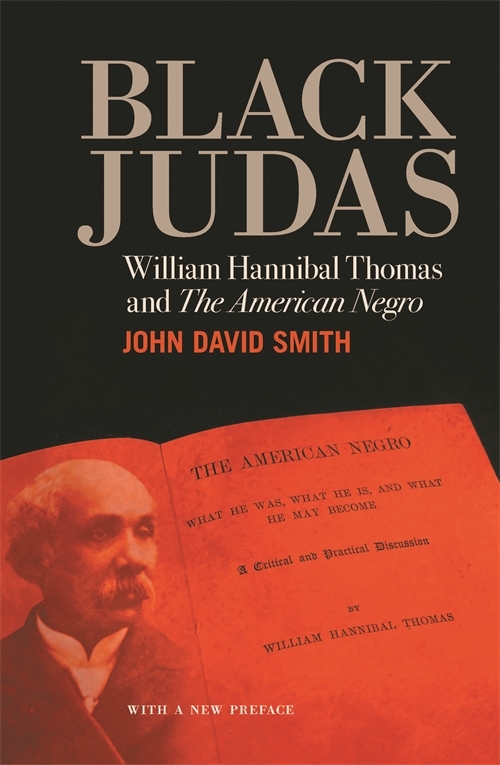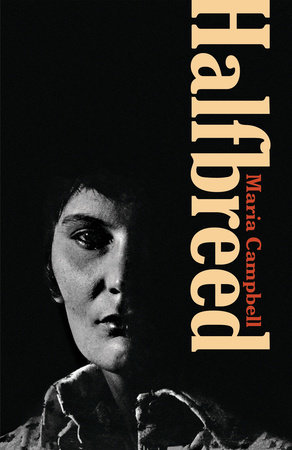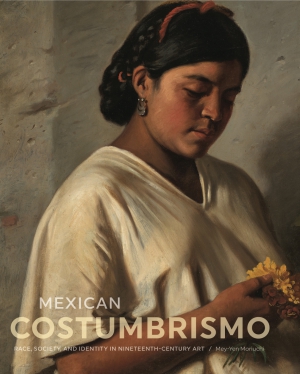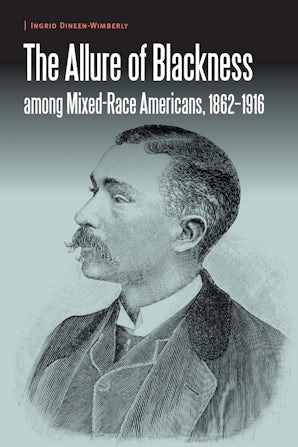All at SeaPosted in Autobiography, Biography, Books, Caribbean/Latin America, Family/Parenting, Monographs, United Kingdom on 2019-12-01 02:06Z by Steven |
4th Estate (an imprint of HarperCollins)
2016-04-07
240 pages
Paperback ISBN: 978-0008142162
In May 2014, on a hot still morning on a beautiful beach in Jamaica, Decca Aikenhead’s life changed irrevocably. First her four year old son Jake, pootling by the water’s edge in his pyjamas, was dragged out to sea on a riptide. Then Tony, her partner and Jake’s father, dived in to save him, but drowned in the process.
Tony – a Northern, mixed race former prisoner, drug dealer and crack addict – “Black” and “Decca” – a prize-winning Guardian journalist from the West Country – had always made an improbable couple. For years they tried to find a way to come together from very different starting places. Tony reformed himself, got an education, and then a job. Decca bore him two sons and they bought a medieval farmhouse in Kent and set about transforming it. A decade on, lying in the sand in their favourite place in the world, young, strong, fit and with their children playing at their feet, they were congratulating themselves on their achievements when everything was ripped away.
Bookended by the deaths of her mother in childhood, and Tony this year, All at Sea looks at class, race, privilege and prejudice through the prism of Decca’s life and these deaths. It stares into the dark chasm of our worst nightmare – a random accidental tragedy – and somehow finds the light on the other side.









